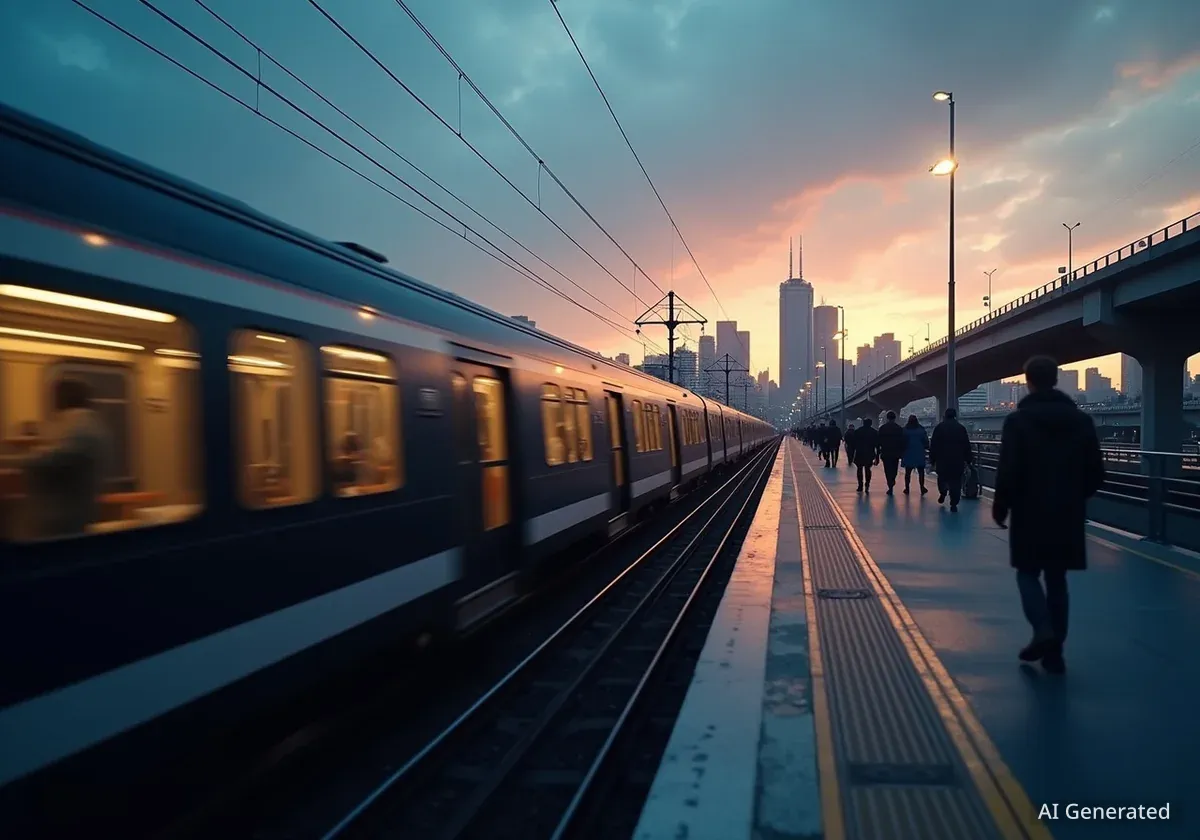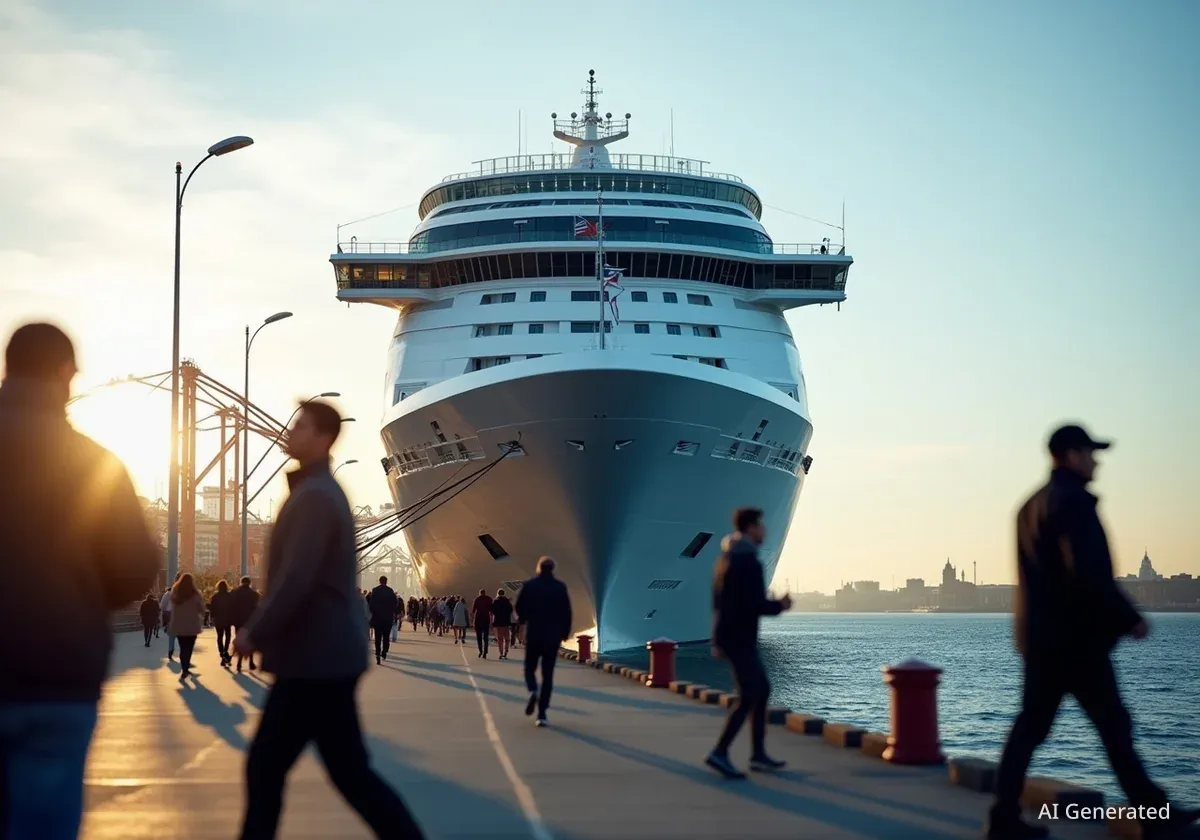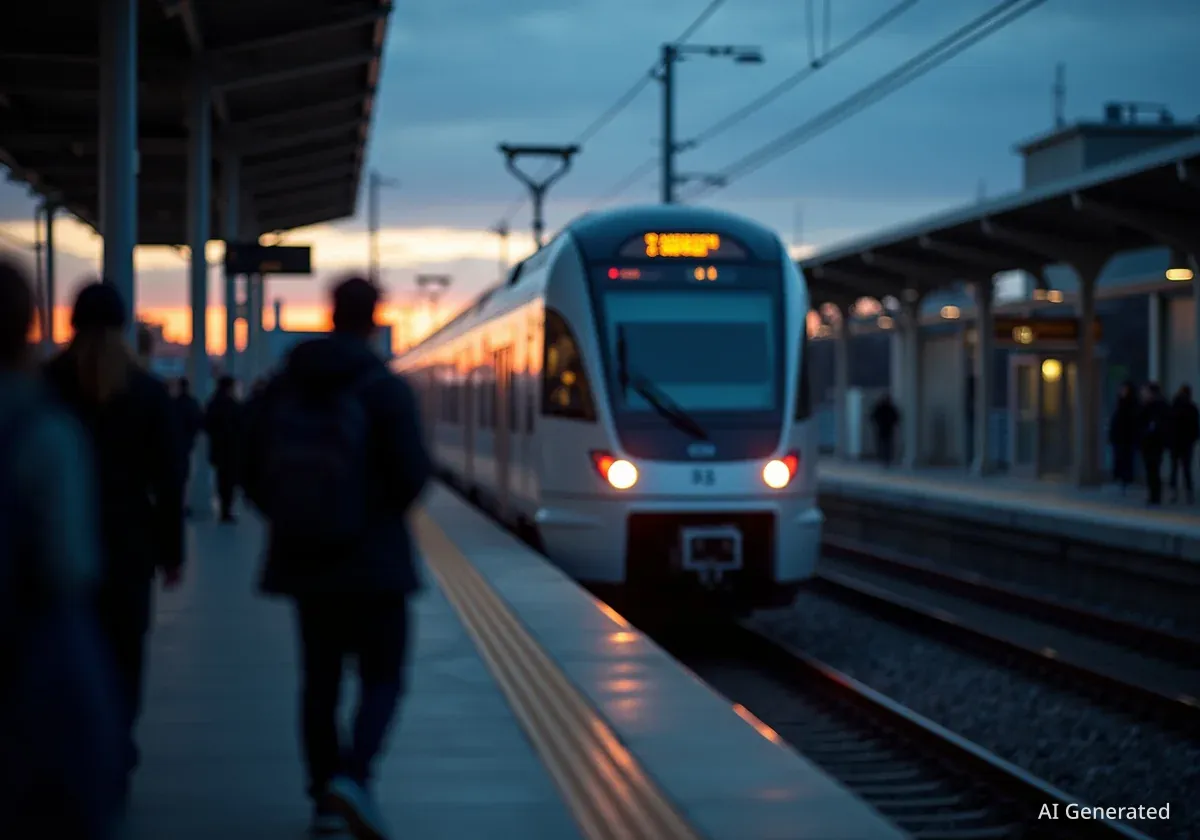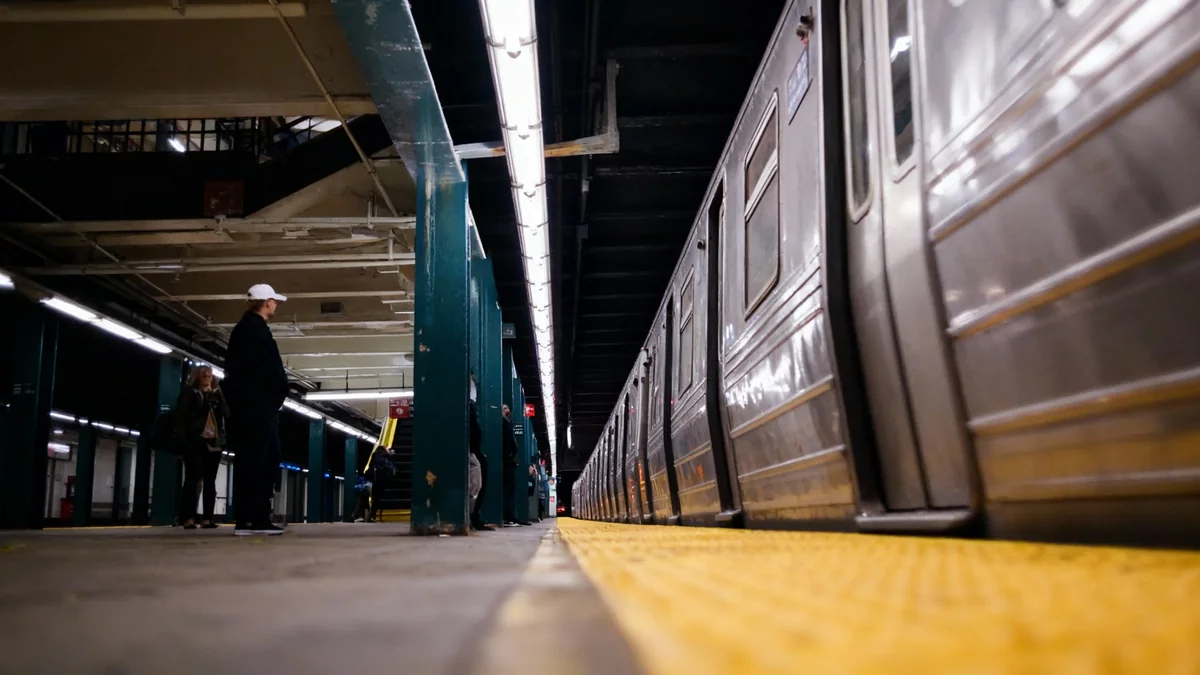The second segment of the Skyline rail system has opened, introducing three new express bus routes. This expansion aims to provide commuters with travel times that are competitive with private vehicles, particularly for residents on the west side of the island. Early riders have begun testing the new connections, noting the potential for reduced travel durations.
Key Takeaways
- Skyline rail segment two launched with three new express bus routes.
- The new connections aim to make commutes competitive with car travel.
- Residents from the west side are now testing the integrated rail and bus system.
- The system offers new airport access and reduced travel times for students and workers.
- Commutes from the west side to downtown are now achievable in about one hour.
New Transit Options Benefit West Side Residents
The recent opening of Skyline rail segment two has introduced important changes for commuters, especially those living on the west side. This new segment includes additional stations and integrates with a revised express bus network. The goal is to offer efficient public transportation alternatives to driving, addressing traffic congestion.
On Thursday morning, many residents tried the new system. A trip from Makakilo, including a park-and-ride transfer to the University of Hawaii–West Oahu platform, took approximately 20 minutes. From there, riders boarded trains heading to various destinations, including the University of Hawaii at Manoa.
Quick Fact
The new Skyline segment features three new express bus routes designed to connect seamlessly with the rail system, enhancing overall network reach.
Students Experience Shorter Commutes
Students are among those benefiting from the expanded rail and bus services. Lydia Sollis, a student and cancer researcher from Ewa Beach, plans to use the new connections for her work at the UH Cancer Center.
“That’ll be a nice cut down on my commute,” Sollis stated. “Normally I drive, but I like to cut down on that so I have time to study and things like that while I’m commuting.”
Her experience highlights the system's potential to offer productive time during transit, a key advantage over driving.
Improved Airport Access for Travelers
The new rail segment also provides a direct connection to the airport, a feature that has attracted early users. Shelly and Pat Buckley, residents of Ewa Beach, used the system to test the airport connection for their future travel plans.
“We wanted to be one of the first to see the extension. We’re interested in going to the airport to see what that’s like,” Pat Buckley explained. “For future travel plans, you know, we want to see how easy it is to get to the gate.”
Their experience reflects a common desire among residents to find convenient and cost-effective ways to reach the airport without the burden of parking fees.
Context on Airport Travel
Airport parking can be expensive and time-consuming. Public transit options that offer direct access to airport terminals can significantly reduce travel stress and costs for many passengers.
Families Utilize New Airport Route
The Samala family also used the new system for their flight to Phoenix. They disembarked at the airport stop with ample time before their departure, avoiding the need for expensive airport parking.
“Very exciting. We’ve been waiting for this for quite some time,” Aaron Samala commented. “Exciting we got lucky that it’s open today and we fly out today, so stoked about that.”
This demonstrates the immediate practical benefits for travelers seeking efficient airport transportation.
Challenges and Efficiency of Express Bus Connections
While the new system offers many benefits, some riders noted timing challenges with the express bus services. At the Lagoon Drive station, city employees were present to guide passengers, directing them to disembark there instead of the final Middle Street station for certain connections.
Aaron Natividad, a UH student, waited for the U-line express bus to Manoa. He noted the direct route but also the frequency.
“I heard that the U line goes directly on the H-1 way to UH, which is pretty cool, but the downside it comes every hour or so,” Natividad said. “If you time it perfectly, it’s pretty efficient time, which is pretty cool.”
Due to a 45-minute wait for the U-line, some riders opted for the A-line express bus instead. This bus traveled along Lagoon Drive, then onto Nimitz Highway, navigating through the Middle Street tunnel during rush hour before reaching highway speeds towards downtown.
- U-line Express: Direct route to UH Manoa via H-1, but less frequent (hourly).
- A-line Express: More frequent alternative, serving downtown and then Manoa.
Achieving One-Hour Commutes
The new system has delivered on its promise of significantly reducing commute times for west side residents traveling to downtown. Honolulu City Council member Matt Weier experienced this firsthand, completing his commute from Waikele in about 50 minutes.
“Jumped on the 43 as it was going down Kamehameha Drive, then got onto the Skyline over at the station and rode it into town to Lagoon Drive, and then the A was right there, right outside the station to jump on,” Weier detailed. “Super easy.”
This integrated journey showcases the efficiency of combining local bus routes with the new rail and express bus services. The A-line continued its route to Manoa, arriving at Sinclair Circle approximately 15 minutes later, where students exited. The U-line, when operational, stops on East West Road.
Overall, Thursday's operations demonstrated that the new system can achieve its target of about an hour for commutes from the west side to downtown areas, providing a viable alternative to driving during peak hours.





